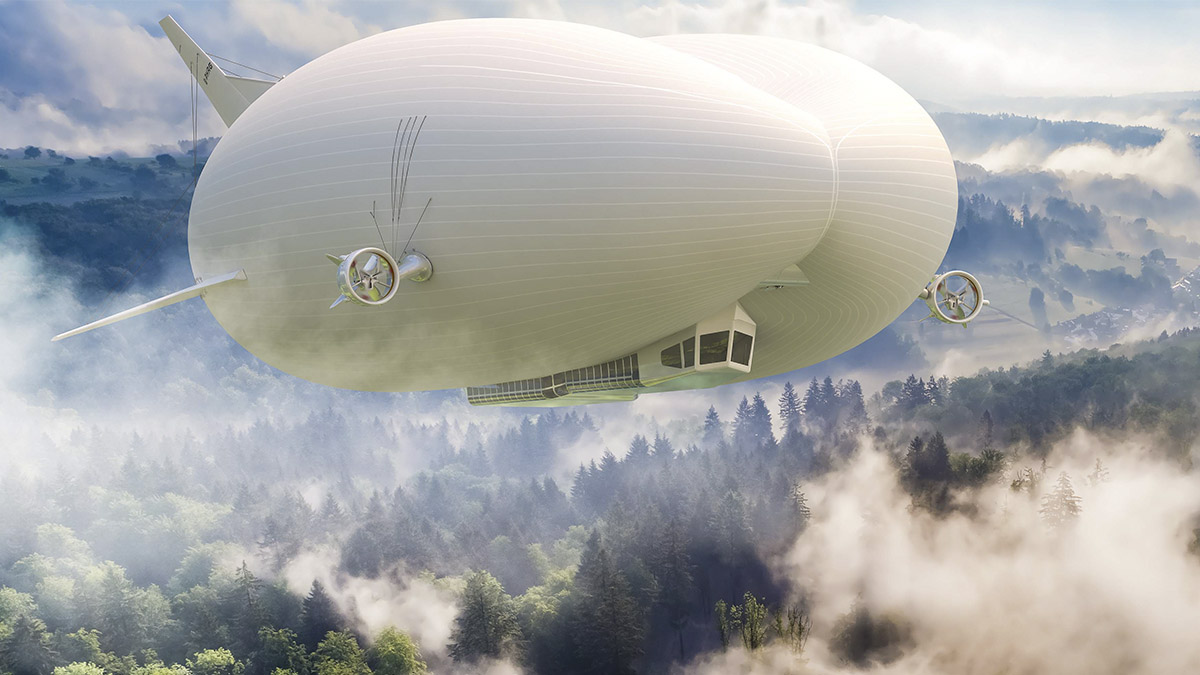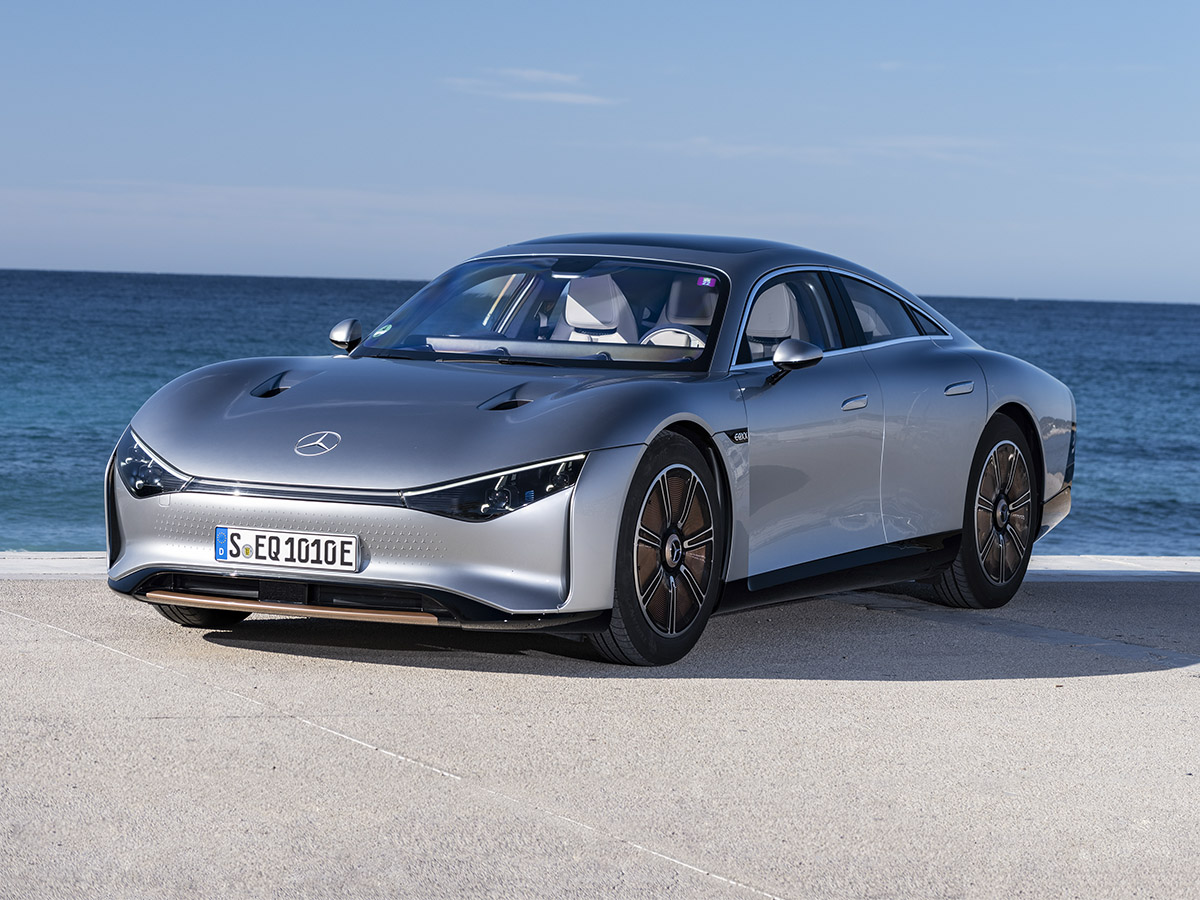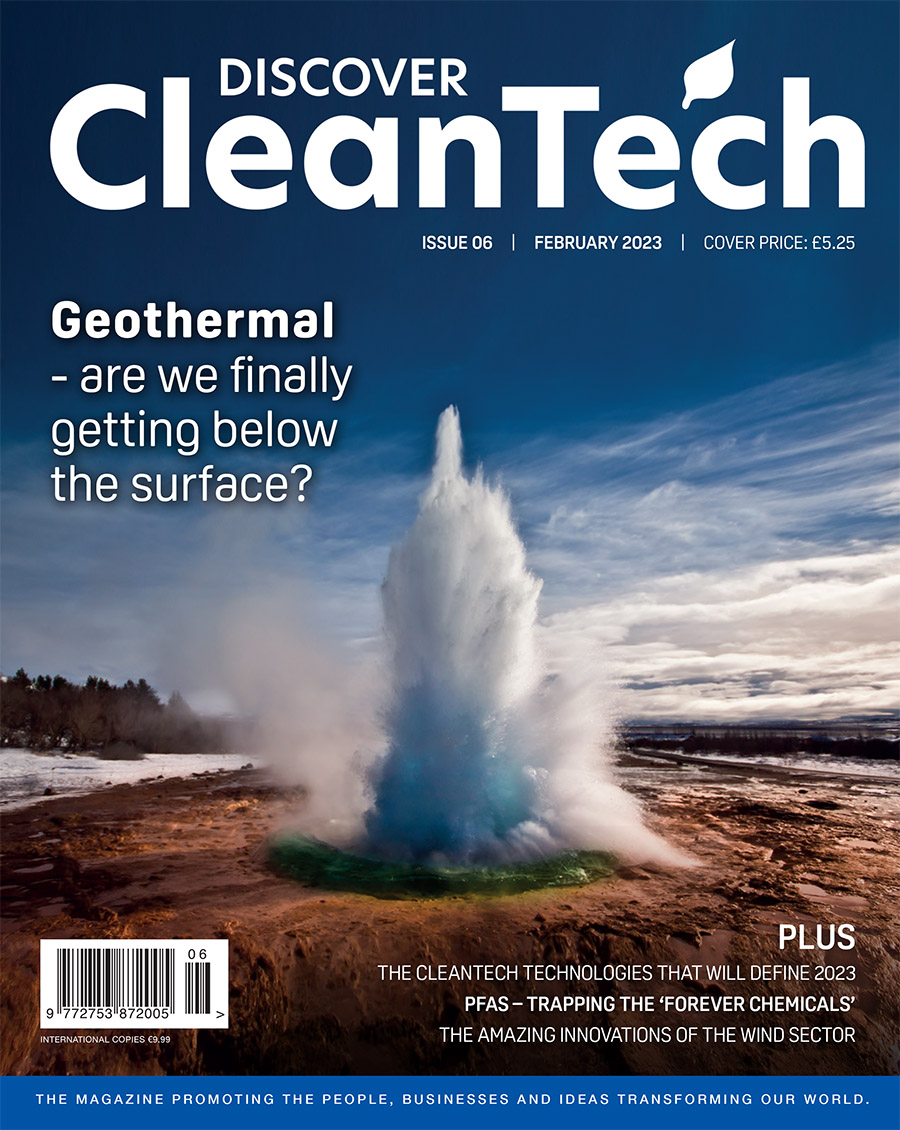Geothermal – are we finally getting below the surface?
BY SIGNE BENN HANSEN
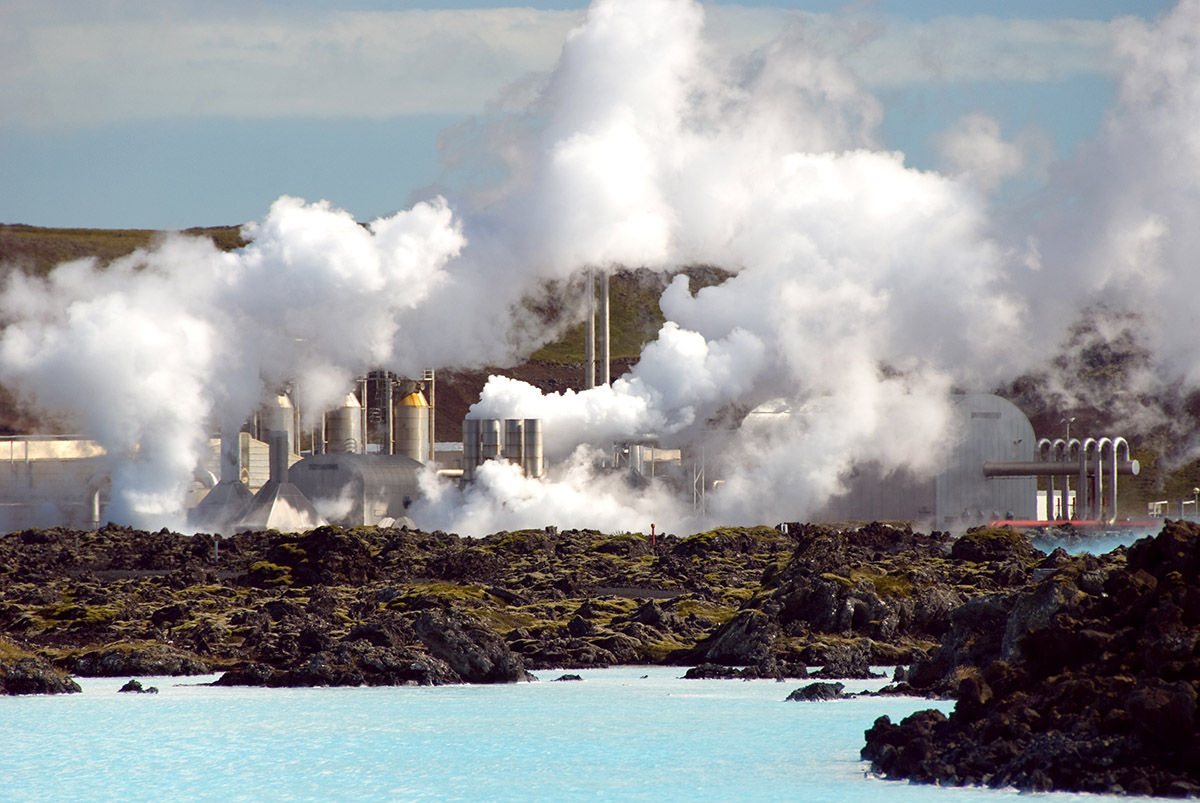
View of industry to exploit geothermal energy near the Blue Lagoon in Reykjavik. Photo: dreamstime.com
As the current energy crisis has taken the discussion on whether wind and solar needs to be supplemented by nuclear energy to a new level of shrillness, Discover Cleantech explores alternative methods to supply baseload energy. In this issue, we explore the potential of geothermal energy, a renewable energy source that can provide a stable, year-round high-capacity generation of electricity and heating. Still, it seems we have only scratched the surface of its potential.
For some reason, geothermal energy is not amongst the trendiest of topics in the climate debate. Maybe that’s because it is, in comparison to some of the usual front-page technologies, almost ancient. Geothermal energy from natural hot pools and springs has, as a matter of fact, been used for cooking, bathing and warmth for millennia. When it comes to electricity, the first commercial electricity plant to generate electricity from hydrothermal reservoirs opened in Larderello, Italy, in 1913, generating 250 kW. However, while it has had a long time underway, it is widely agreed that the full potential of the Earth’s geothermal resources is far from exploited. The reason? Much like it has happened with other renewables, high upfront costs, higher risks and a lack of incentives to switch away from gas has dissuaded developers from bringing the potential from below to the surface.

Only modern humans can split atoms, but geothermal energy has been used by humans and non-humans for millennia. Photo: Istock
In the current climate, however, geothermal energy provides an obvious solution to one of the biggest challenges in decarbonisation, says Karl Farrow, CEO and founder of CeraPhi Energy, the UK’s first company to offer an end-to-end geothermal energy solution. “Replacing baseload heat with something that does not require something else to generate that heat is one of the biggest challenges of the decarbonisation process,” he says.

With heat constituting around 50 per cent of global energy consumption, that provides a convincing argument for the expansion of geothermal. But geothermal energy can also be used for electricity generation, in which case steam or hot water from high-temperature geothermal reservoirs is used to drive a steam turbine generating electricity. Traditionally, electricity production thus requires temperatures between 180 – 300 Celsius; a problem, since the majority of geothermal reservoirs are below 150 Celsius. But this problem has been solved with the introduction of binary power plants, utilising secondary fluid with a lower boiling point than water to generate steam. According to a report produced by the International Renewable Energy Agency (IRENA) in 2019: “If full life cycle emissions are calculated, it is estimated that a geothermal binary power plant is one of the most favourable technologies, with 11.3 grammes (g) of carbon dioxide equivalent (CO2 eq) per kilowatt hour (kWh).”
On top of this, geothermal power plants can have a capacity factor above 90 per cent in small systems and thus provide reliable baseload generation that is not impacted by weather or price volatility. This means geothermal plants can offer flexibility and ancillary services to the electricity grid, helping integrate intermittent sources like solar and wind. They can adjust supply multiple times a day to balance electricity demand, with a ramp rate of around 15 per cent per minute for binary ORC (organic Rankine cycle) turbines, which is better than most natural gas plants.
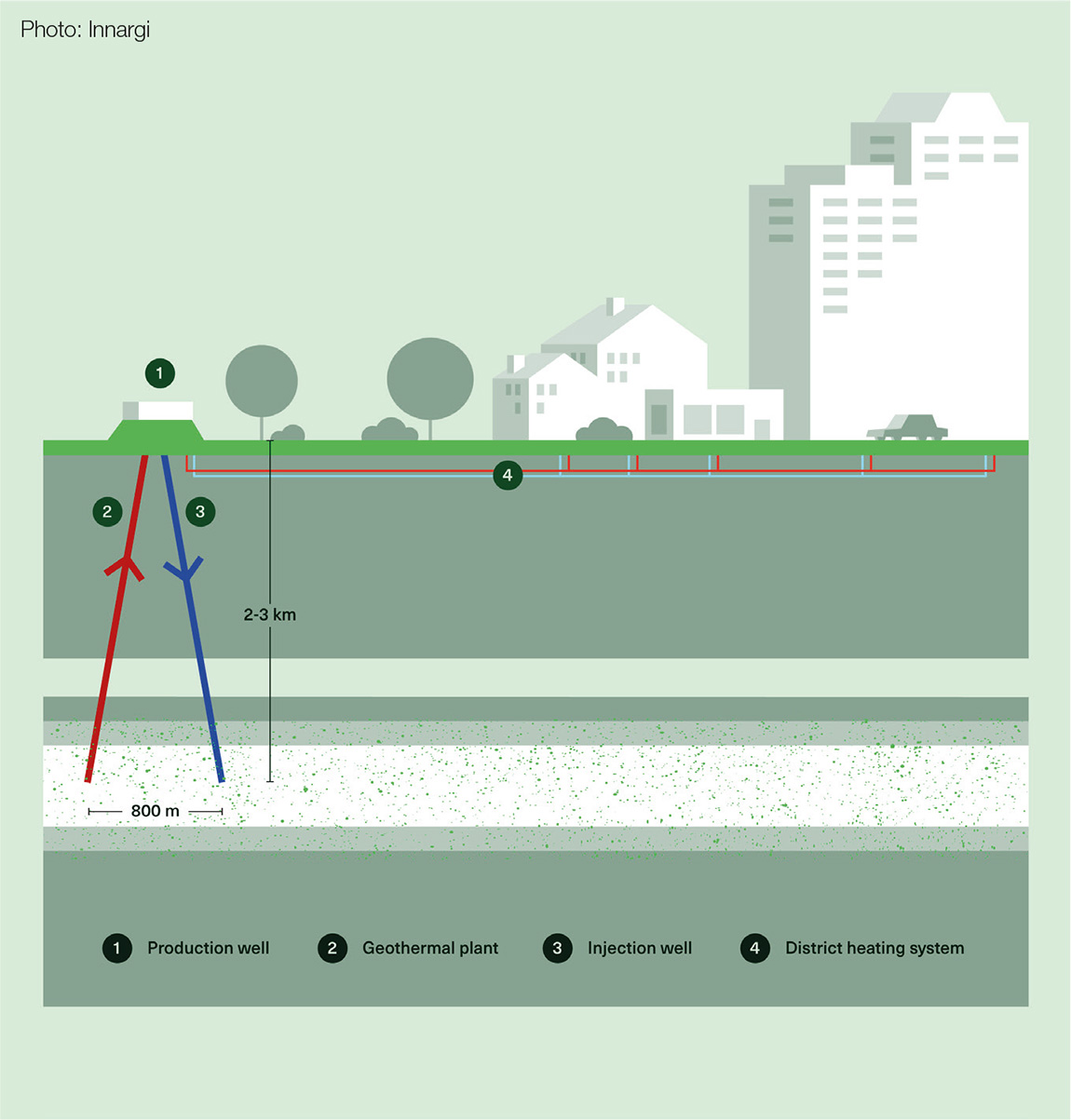
Smoking hot but still neglected
Considering the above, it is only natural that many believe that geothermal energy has the potential to make a real difference. In 2009, Al Gore famously dubbed geothermal energy the potentially largest and most misunderstood source of energy in the world; in 2015, Bill Gates placed geothermal as one of five promising but underfunded areas that his fund, Breakthrough Energy, was to focus its investments in.
Since then, significant growth has happened, especially in recent years. At the end of 2022, geothermal energy accounted for around 16,127 MW of renewable energy, having increased by 1.89 GW from 2020, according to a report by IRENA. Meanwhile, the installed geothermal capacity for direct heating or cooling from geothermal had grown to 107 GWt from 70 GWt in 2015. Still, we seem to have just scratched the surface. According to the IPPC report of 2007:
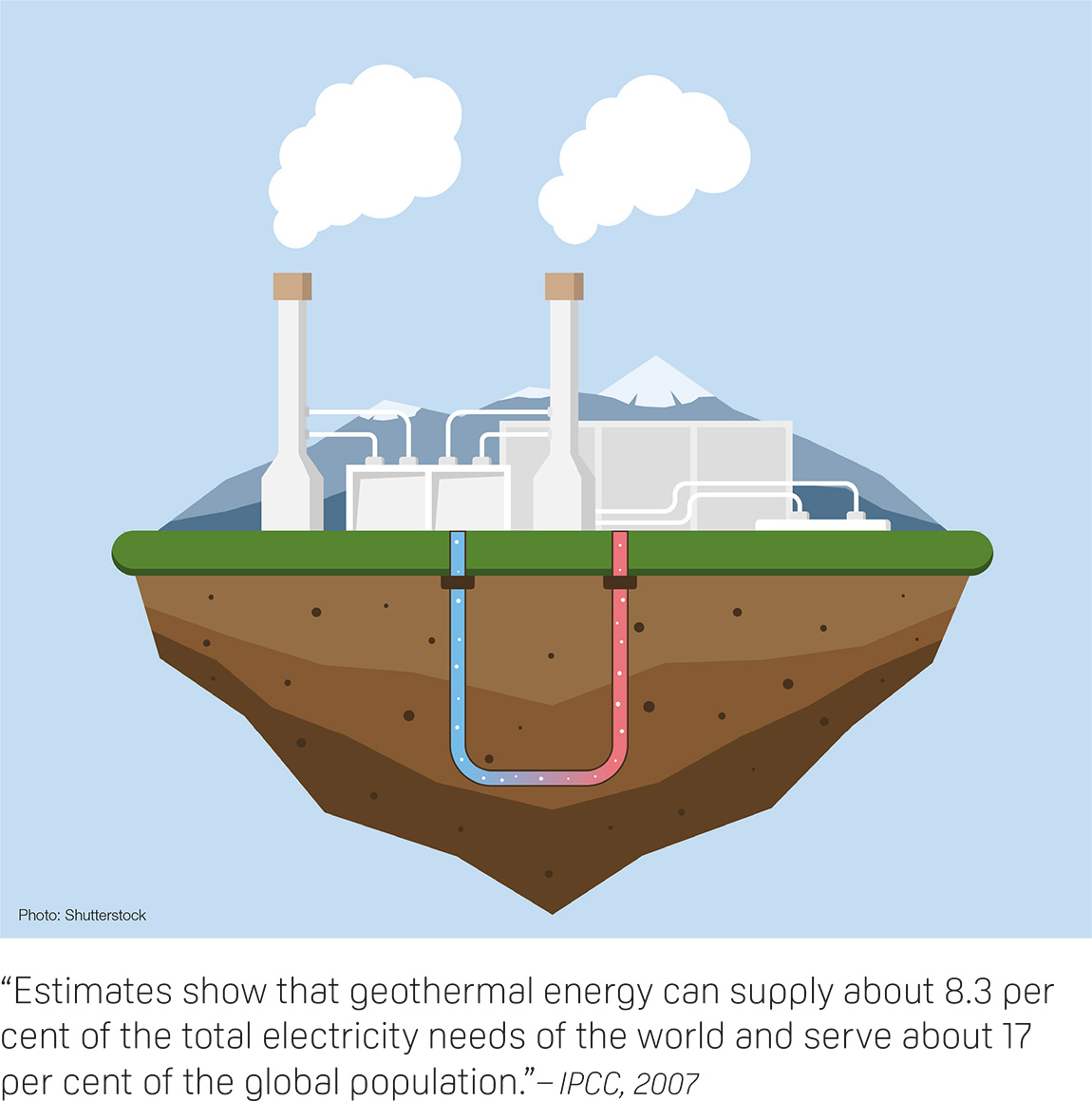
And according to IRENA and the Global Geothermal Alliance, there is a global technical potential of 5,000 GWt for geothermal heat applications utilising existing technologies, and 1,000 GW more if considering technologies currently being tested in the market.
According to Farrow from CeraPhi Energy, the proprietary technology from his company alone could help enable the generation of geothermal heat to meet six per cent of the global heat demand in the next 28 years.

Increasing interest
The good news is that the energy crisis looks set to catapult the geothermal sector into a new era. Last year, the skyrocketing gas prices saw several European countries look to the energy source for a reliable, renewable alternative to gas for heating. According to research by Rystad Energy, the total installed capacity in Europe is set to surge by 55 per cent by 2030. Additionally, according to a paper published in Thermo in 2022, world usage is estimated to be at 23.4368 GW by 2030, in contrast to 15.644 GW in 2021.
In Europe, Germany especially is investing heavily in geothermal projects. The country is projected to spend over $1.5 billion by 2030 and has already doubled its installed capacity from 200 megawatt thermal (MWt) in 2012 to 400 MWt today. This capacity is set to double again to reach 850 MWt by 2030. The Netherlands is the only European country with a higher increase in capacity and will reach 1 GWt capacity by 2030, after investing $1.1 billion.
In Denmark, Innargi, a geothermal heating company established by A.P. Moller Holding, has signed an agreement to build and run the largest geothermal heating plant in the EU. Set in Aarhus, where 95 per cent of households are already connected to the district heating system, the planned capacity of the geothermal heating plant is 110 MW, equalling 20 per cent of the city’ district heating demand.
“We see a huge potential for geothermal-based heating in many European cities that are struggling to phase out coal to meet the climate targets,” said Samir Abboud, CEO at Innargi when the plant was announced last year. “We believe countries like Denmark, Germany and Poland offer the right subsurface conditions to significantly reduce the need for coal, gas and imported biomass.”
Across the Atlantic, The U.S. Department of Energy expects geothermal energy to increase 16-fold to 60 GWe by 2050, supplying 20 per cent of U.S. renewable energy generation.

Panoramic view of the geothermal plants and solar panels of the Miravalles Volcano in Guayabo de Bagaces in Costa Rica. Volcanic regions usually have easy access to geothermal energy. Photo: shutterstock
A cold shoulder from the UK
The UK, which relies on gas for heating for approximately 78 per cent of households, has, however, been more focused on geothermal power projects than geothermal heating. With many interests vested in maintaining the existing gas network, other renewables struggle to compete, and the country currently has around only 20 MWt of geothermal capacity. This despite the fact that it is widely documented that geothermal heating could provide 100 per cent of the UK’s heating needs. As a matter of fact, geothermal could “meet the UK heat demand for over a century,” according to Durham University, which leads research into the potential of geothermal energy in the UK and abroad.
At the end of 2022, the low focus on the sector caused the Environmental Audit Committee to send a letter to the secretary of State for Business, Energy and Industrial Strategy, pointing out that the failure to integrate geothermal in the government’s net-zero strategy “appears to be holding back a sector which could be transformative for the UK’s capacity to meet climate goals, use homegrown energy and grow the economy.” The letter went on to state: “The opportunities offered by harnessing geothermal technologies can offer considerable economic benefits: it is estimated that the sector could support as many as 25,000 jobs by 2050.”
The relevance of the UK’s geothermal sector has been further highlighted by the possibility of combining lithium extraction from geothermal brine with geothermal power and heat production, as is pursued by Geothermal Engineering Ltd and Cornish Lithium.
According to Rystad Energy, the UK government is expected to spend more than $470 million on geothermal heating by 2030, and its geothermal heating capacity is expected to top 100 MWt in 2030, a significant increase but making a small dent in the UK’s total heating market.
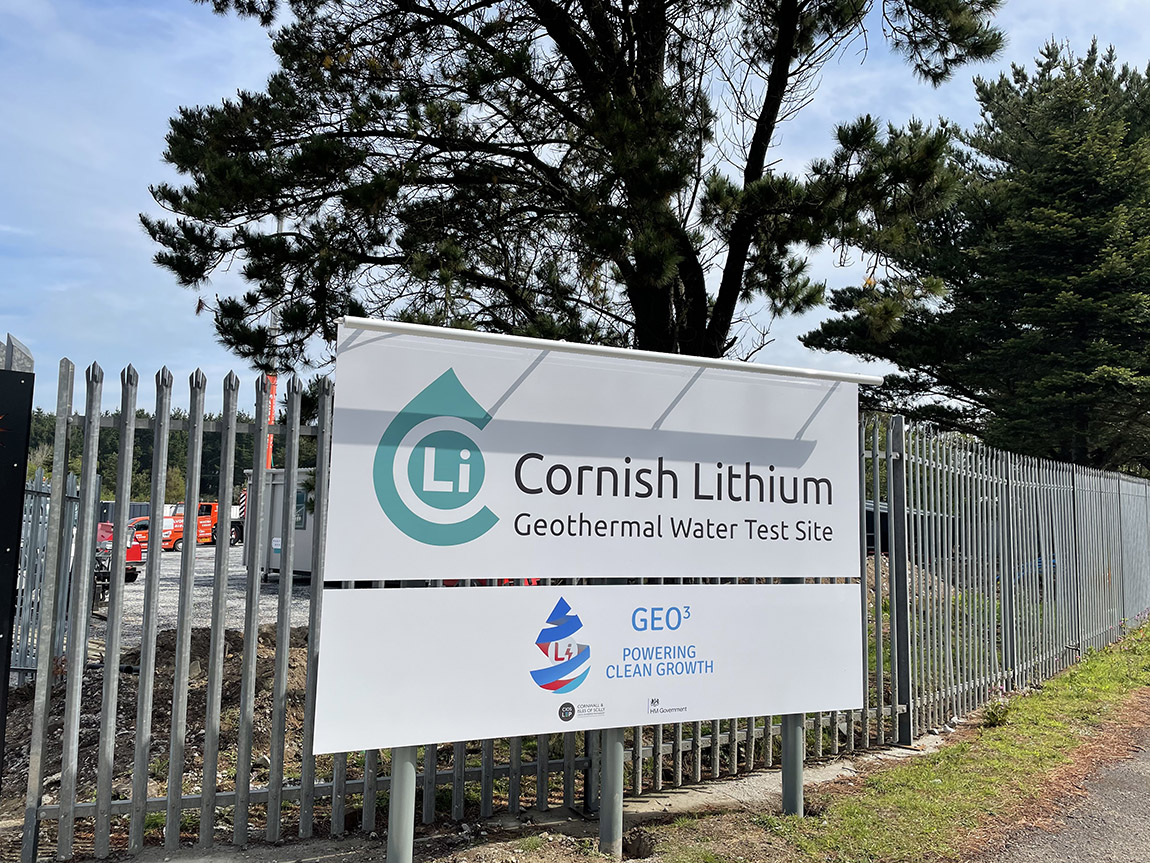
Cornish Lithium is developing ways to extract lithium from geothermal brines pumped up from two kilometres underground at a plant, whilst using the geothermal heat energy too. Photo: Cornish Lithium
Looking past the immediate attraction
Some of the explanation for the hesitation to pursue geothermal developments may also be found in the risks involved. At the surface, geothermal seems simple; however, the difficulties, literally, lie below what is visible to the eye.
While the main technologies for direct uses in district heating, geothermal heat pumps, greenhouses as well as electricity generation are widely used and considered mature, they rely on the presence of hydrothermal reservoirs – hot fluids circulating in the permeable layers of Earth’s crust. Traditionally, extracting energy from hydrothermal reservoirs involves drilling between 500-5,000 metres into the ground to reach the hot water which is then pumped to the surface. The heat is then either transferred to a heat exchanger, where it is used to heat water for use in homes and buildings, or used to generate gas, which drives an electricity producing turbine. After use, the water needs to be injected back into the reservoir to maintain the pressure of the system.
Improperly managed, this process can cause geothermal brines to seep into the surrounding environments. Furthermore, depending on depth and ground conditions (which cannot always be known in advance), well development can prove slower and costlier than forecasted. But the main challenge lies in the fact that only a small part of the available geothermal energy is located within high-permeability hydrothermal reservoirs which allow the extraction and injection of water geotherma l fluids. Thus, while some regions like Iceland, California and New Zealand have geothermal reservoirs that are easily detectable and reachable – in some places literally bursting through the surface – the majority of the world’s undeveloped geothermal resources is within low-permeability reservoirs or dry hot rock. This means that extracting heat relies on Enhanced Geothermal System (EGS), which can involve methods such as pumping high-pressure water – or even CO2 – into dry hot rock to create small fissures and greater permeability for fluids to circulate through; in other words, creating a human-made hydrothermal reservoir. However, while one EGS heating system and one EGS power plant are operating in France and two demonstration projects funded by the U.S. Department of Energy (DOE) operate in the United States, the technology is still not considered commercially mature, due the varying success in creating the sufficient permeability in the high pressure and extreme temperatures of geothermal wells, as well as concerns about micro-seismic activity created by the process.
There are, however, numerous organisations working to improve the technology, and there is much private and public investment going into improving the technology. In September 2022, for instance, the DOE in the U.S. announced a new goal to cut the cost of EGS by 90 per cent (to $45 per megawatt hour) by 2035, believing that it holds the key to realising the vast potential of geothermal energy outside the traditional hydrothermal regions.
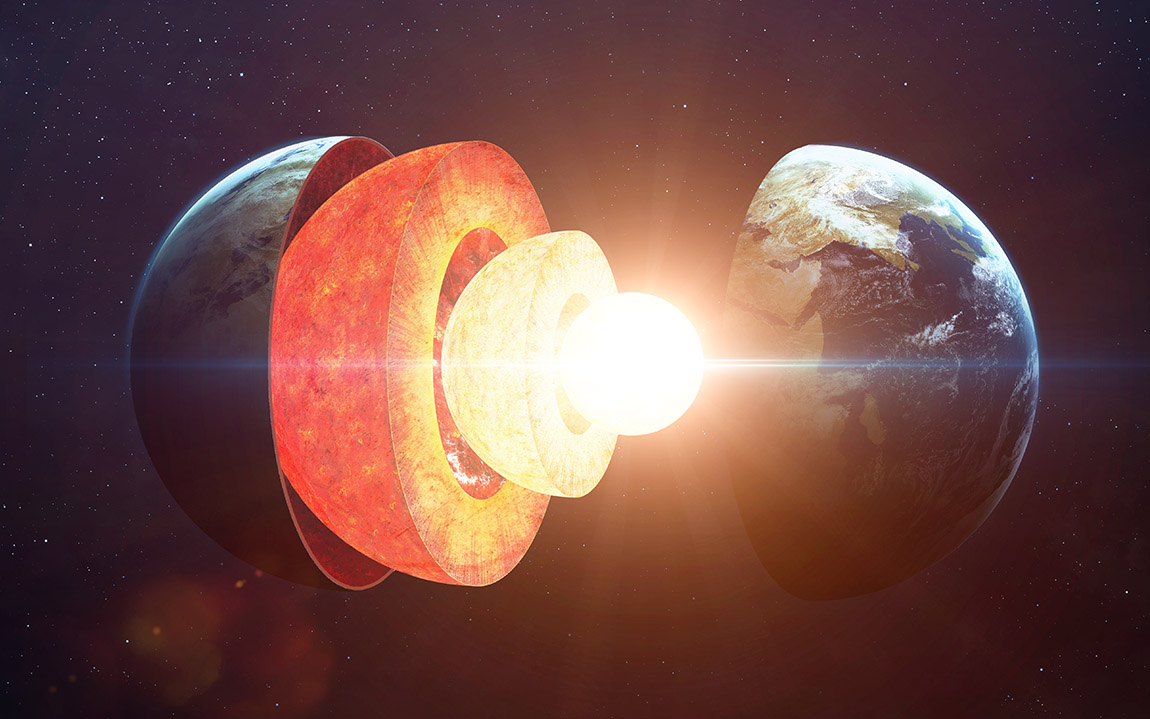
Geothermal energy is a renewable energy source that harnesses heat from the Earth’s interior to generate electricity or heat. Photo: Shutterstock
Working through the problems
While the technical possibility of reaching the vast theoretical geothermal sources of the Earth through EGS is widely debated, CeraPhi Energy suggests offering plug-and-play solutions for ‘Geothermal Everywhere’ through its Intellectual Property Patent Box and Scalable Licensable Technology Platform. “We brought together an effective solution to drill for heat rather than the thermal water systems that are usually connected with deep geothermal systems,” explains Farrow. “We designed what is effectively a closed loop system that allows us to circulate fluids very much like a ground-source heat pump [designed at more shallow depths, ground-source heat pumps exploit not the heat from the core of the Earth, but the heat from the sun stored in the Earth’s surface]. But we are several kilometres underground at high temperatures, and that allows us to draw up far more energy. So it is a different order of magnitude, a bigger solution to ground-source heat pumps or small heat networks. Our approach is looking at scaling quickly, looking at large-scale infrastructure using what are effectively oil and gas solutions.”

“Providing heat directly from geothermal eliminates electrification, eliminates burning something to create heat, eliminates all those aspects.” says Karl Farrow, founder and CEO of CeraPhi Energy
Drilling down several kilometres under the ground, the company can reach temperatures of 60 to 100 degrees, and using its patented technology can bring that heat to the surface without interacting with the subsurface. Furthermore, the company’s technology enables abandoned oil and gas wells to generate a profit as well as a source of renewable energy. “It is a core focus of ours,” says Farrow, who himself transitioned into the geothermal sector after decades in the oil and gas sector. “If we can use existing end-of-life wells instead of pouring concrete down and abandoning them, it means we don’t have to drill, so we’re saving money, and we can use the energy in the well for another 20- 30 years, maybe in some cases 40 years if the well is in good integrity. Now, that makes total sense as you support a natural energy transition, and most countries around the world, certainly in the developing world, have large amounts of oil and gas wells, offshore and onshore. We can help energy companies transition these assets, which usually just sit on the balance sheet as a liability, into a revenue generating energy source, supplying clean energy.”
Having been awarded funding as part of the Net Zero Technology Centre in 2022, CeraPhi Energy has recently signed a number of partnership agreements to help advance and execute its proprietary technology within the UK heat network sector.
Subscribe to Our Newsletter
Receive our monthly newsletter by email

